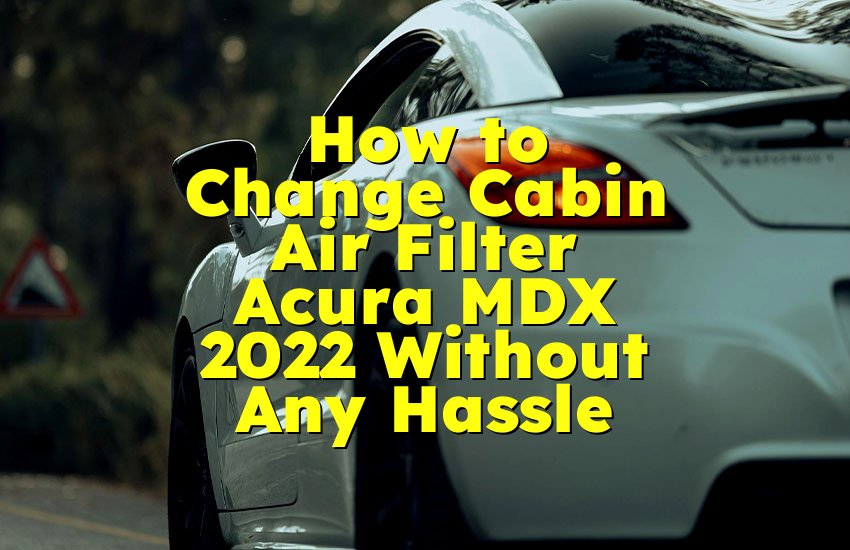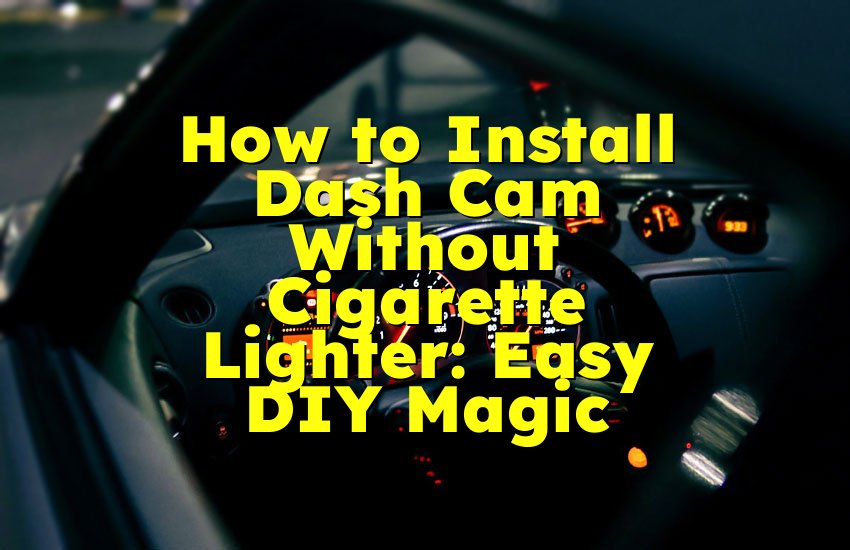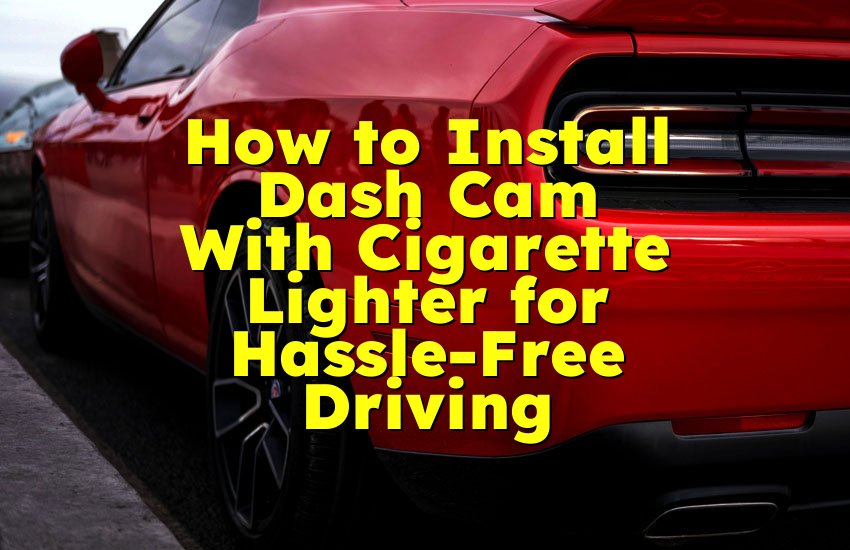As an Amazon Associate, I earn from qualifying purchases at no extra cost to you.
Symptoms of a Bad Tie Rod: What You Need to Know
If you've ever experienced strange steering or noticed your car behaving unusually, it might be a sign of a bad tie rod. Tie rods play a crucial role in your vehicle's steering system, and when they start to fail, they can cause several issues that affect your driving experience and safety. This blog post will help you understand the symptoms of a bad tie rod, what to watch out for, and how to address the problem before it worsens. Keep reading to learn more!
What is a Tie Rod and Why It Matters
Tie rods are a fundamental part of your car’s steering system. They’re essentially the connectors between the steering rack and the wheels. They help in converting the rotational movement from the steering wheel into a side-to-side motion of the wheels, allowing you to control the direction of your vehicle. In simpler terms, if your tie rods fail, you won't be able to steer your car properly, and driving could become dangerous.
Types of Tie Rods
Before diving into the symptoms of a bad tie rod, it's essential to know the two types of tie rods in most vehicles:
- Inner Tie Rods: Located closer to the steering rack, inner tie rods play a role in connecting the steering mechanism to the rest of the steering system.
- Outer Tie Rods: These are located at the end of the steering system and connect the steering mechanism to the wheels themselves.
Both types of tie rods are equally important for proper steering function. When either of them starts to fail, your steering will be compromised.
What Causes Tie Rods to Go Bad?
Tie rods can wear out for a variety of reasons, including:
- Normal wear and tear: Over time, the constant movement and pressure from steering cause the components to gradually wear down.
- Lack of lubrication: If the grease in the tie rod joints dries out, friction increases, which can lead to damage.
- Poor alignment: If your car is out of alignment, it can put extra strain on the tie rods, causing them to wear prematurely.
- Impact damage: Hitting a pothole or curb too hard can damage the tie rods, causing them to fail.
Recognizing the Symptoms of a Bad Tie Rod
Now that you have an understanding of what tie rods are and what causes them to fail, let's look at the symptoms you might experience when they're going bad. These signs are important to recognize, as they can help you take action early and avoid further damage.
Steering Wheel Vibration
One of the most common signs of a bad tie rod is a vibration in the steering wheel. If you notice your steering wheel shaking or vibrating, especially when driving at higher speeds, it could mean that the tie rods are worn out or damaged. This happens because the worn tie rods can no longer maintain proper alignment, causing the wheels to move erratically. If left unchecked, this issue can cause further damage to your steering system.
Unusual Steering Feel
When the tie rods are failing, you may experience a steering feel that's either too loose or too tight. A loose steering feel means you might have to turn the wheel more than usual to steer in the right direction. On the other hand, a tight steering feel can make it difficult to turn the wheel and maneuver your vehicle. Both of these symptoms indicate that something is wrong with the steering system, and tie rod failure is a likely culprit.
Uneven or Worn-Out Tire Tread
Another sign that your tie rods may be going bad is uneven tire wear. Since the tie rods play a key role in steering alignment, when they begin to fail, they can cause your wheels to misalign. This misalignment will result in uneven tire wear, which you can notice as one side of your tire wearing down more than the other. If you spot this kind of wear on your tires, it’s essential to get your tie rods checked out as soon as possible to avoid expensive repairs.
Steering Pulling to One Side
If you find that your vehicle pulls to one side when driving straight, this could indicate an issue with your tie rods. As the tie rods wear out, they lose the ability to keep your wheels aligned, which causes the car to pull left or right. This can be a dangerous situation, especially when driving on highways or busy streets, as it makes it harder to control the car.
Clunking or Popping Noises When Turning
If you hear clunking, popping, or rattling noises coming from your steering when you turn the wheel, your tie rods might be the cause. As tie rods wear out, they can become loose or develop play in their joints, which leads to these noises. The sound may be more noticeable when you're turning sharply, like when pulling into a parking spot or making a turn at an intersection.
Excessive Play in the Steering Wheel
If you notice that there's too much play in the steering wheel – meaning the wheel moves slightly without any corresponding movement in the wheels – this is another sign that your tie rods could be damaged. When the tie rods are worn or loose, they can cause the steering wheel to feel loose and unresponsive. This can affect your ability to control the vehicle, making it a dangerous situation if not addressed immediately.
How to Handle a Bad Tie Rod
If you've noticed any of the symptoms mentioned above, it’s essential to address the issue as soon as possible. Continuing to drive with bad tie rods can lead to more serious problems, such as total steering failure, loss of control, and expensive repairs. Here’s how you can handle a bad tie rod situation:
Get a Professional Inspection
The first step is always to have a professional mechanic inspect your vehicle. If you’re not sure whether the problem is with your tie rods, a mechanic will be able to tell by checking the steering system. They may also check your tire wear and alignment to confirm if the tie rods are the issue.
Repair or Replace the Tie Rod
If your mechanic confirms that your tie rods are damaged, they will either repair or replace them. In most cases, replacing the tie rods is the most effective solution. Since tie rods are critical for safe driving, getting them replaced will restore proper function to your steering system and keep you safe on the road.
Avoid Driving Until the Issue is Fixed
If you suspect that your tie rods are failing, avoid driving your vehicle until the issue is fixed. Continuing to drive with bad tie rods can worsen the problem, cause further damage to the steering system, and put you and others on the road at risk.
I hope this article has given you a clear understanding of the symptoms of a bad tie rod. If you experience any of the signs mentioned above, don’t ignore them – get your car checked out by a professional. Fixing the issue early can save you time, money, and keep you safe while driving.
Frequently Asked Questions (FAQs)
Is it safe to drive with a bad tie rod?
Driving with a bad tie rod is not safe. The tie rod plays a crucial role in steering control, and if it fails completely, you could lose control of your vehicle. This can lead to accidents or other safety hazards. It’s best to have it repaired or replaced as soon as you notice symptoms.
Can bad tie rods cause steering alignment issues?
Yes, bad tie rods can cause steering alignment issues. Since tie rods are responsible for keeping the wheels aligned, worn-out or damaged tie rods can lead to misalignment. This results in uneven tire wear and difficulty in steering the vehicle, making it harder to control.
Do I need to replace both tie rods if only one is bad?
In most cases, it's recommended to replace both tie rods, even if only one is showing signs of damage. Replacing both ensures proper steering balance and alignment. It can also prevent future issues with the other tie rod, saving you money on repairs in the long run.
Is a bad tie rod expensive to fix?
The cost of repairing or replacing a tie rod depends on your vehicle’s make and model, as well as labor costs in your area. On average, replacing a tie rod can cost anywhere from $100 to $500. However, if you catch the issue early, the repair cost will be lower than if the problem worsens.
Can bad tie rods cause tire damage?
Yes, bad tie rods can cause tire damage. When the tie rods are worn or misaligned, they affect the alignment of your wheels, leading to uneven tire wear. This can shorten the lifespan of your tires and result in costly replacements.
Is it possible to temporarily fix a bad tie rod?
Temporary fixes for a bad tie rod are not recommended. The tie rod is a critical part of your steering system, and it should be properly repaired or replaced as soon as possible. A temporary fix could lead to a complete failure of the steering system, which can be dangerous.
Do I need to replace the steering rack if the tie rod is bad?
In most cases, you don't need to replace the steering rack if only the tie rod is bad. The tie rod can usually be replaced independently of the steering rack. However, if the steering rack is also damaged, then it may need replacement, but this is rare.
Is it difficult to replace a tie rod?
Replacing a tie rod is a task best left to professional mechanics because it requires proper tools and expertise to ensure it’s done safely and correctly. If you attempt to replace it yourself without the proper knowledge, you could cause more damage to the steering system or misalign the wheels.











